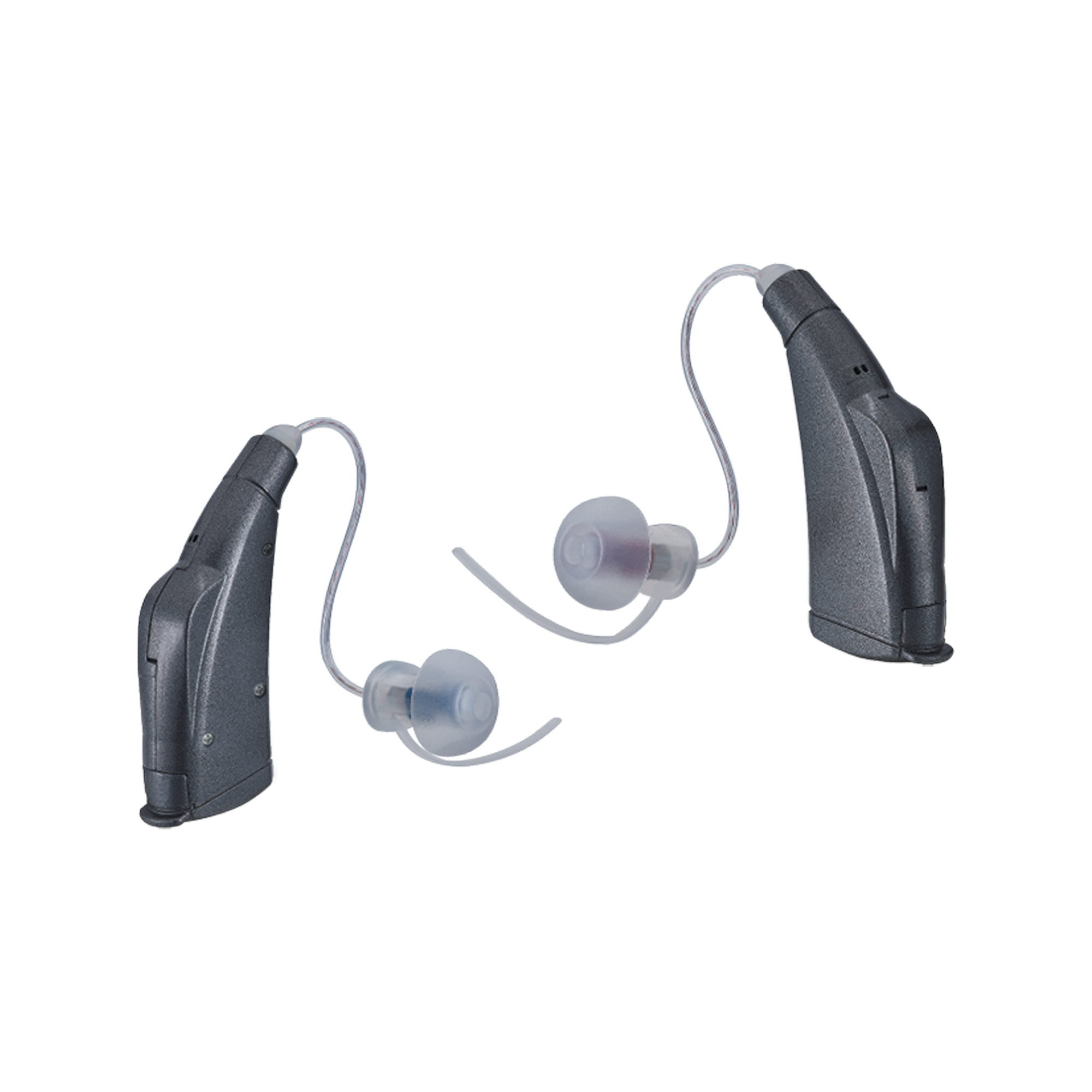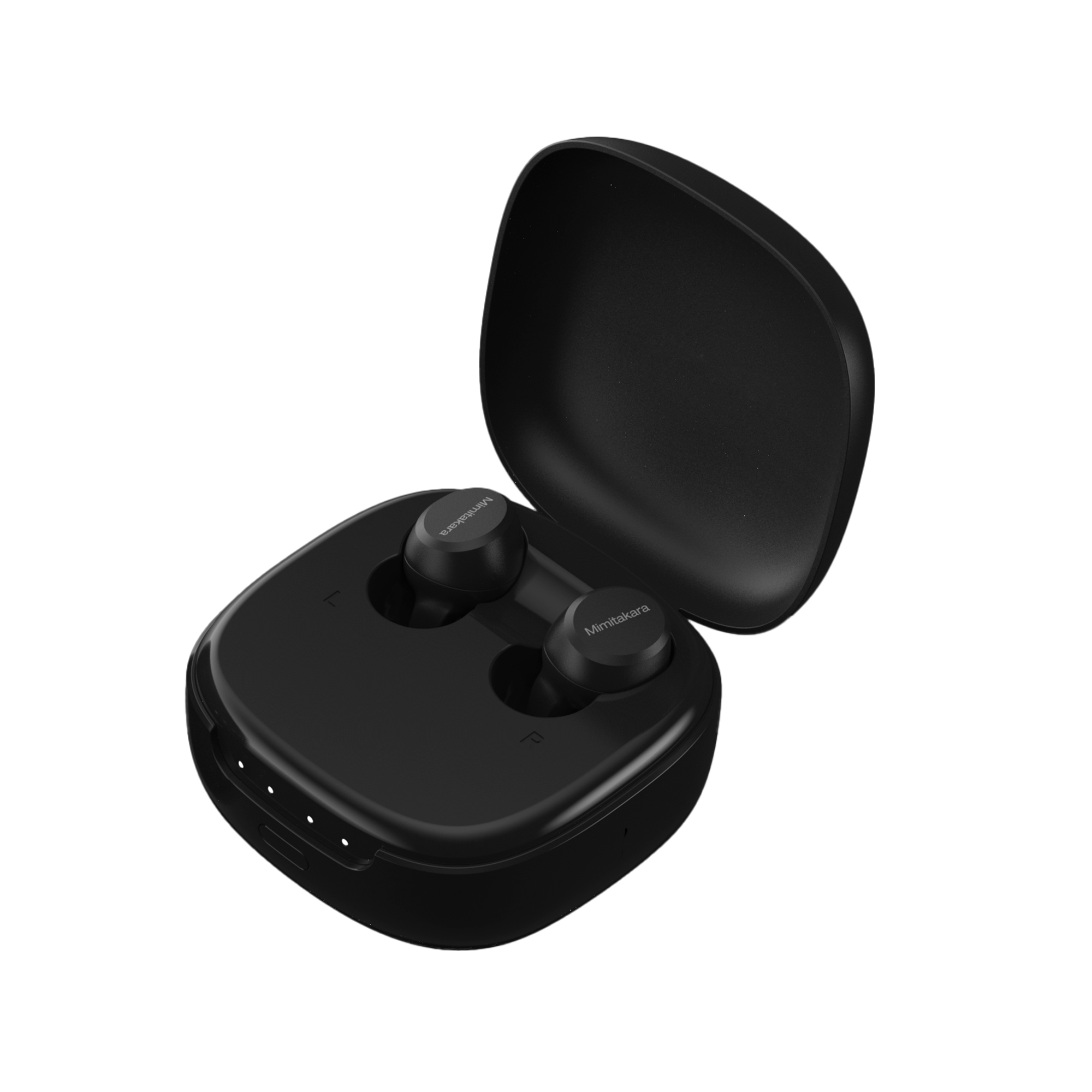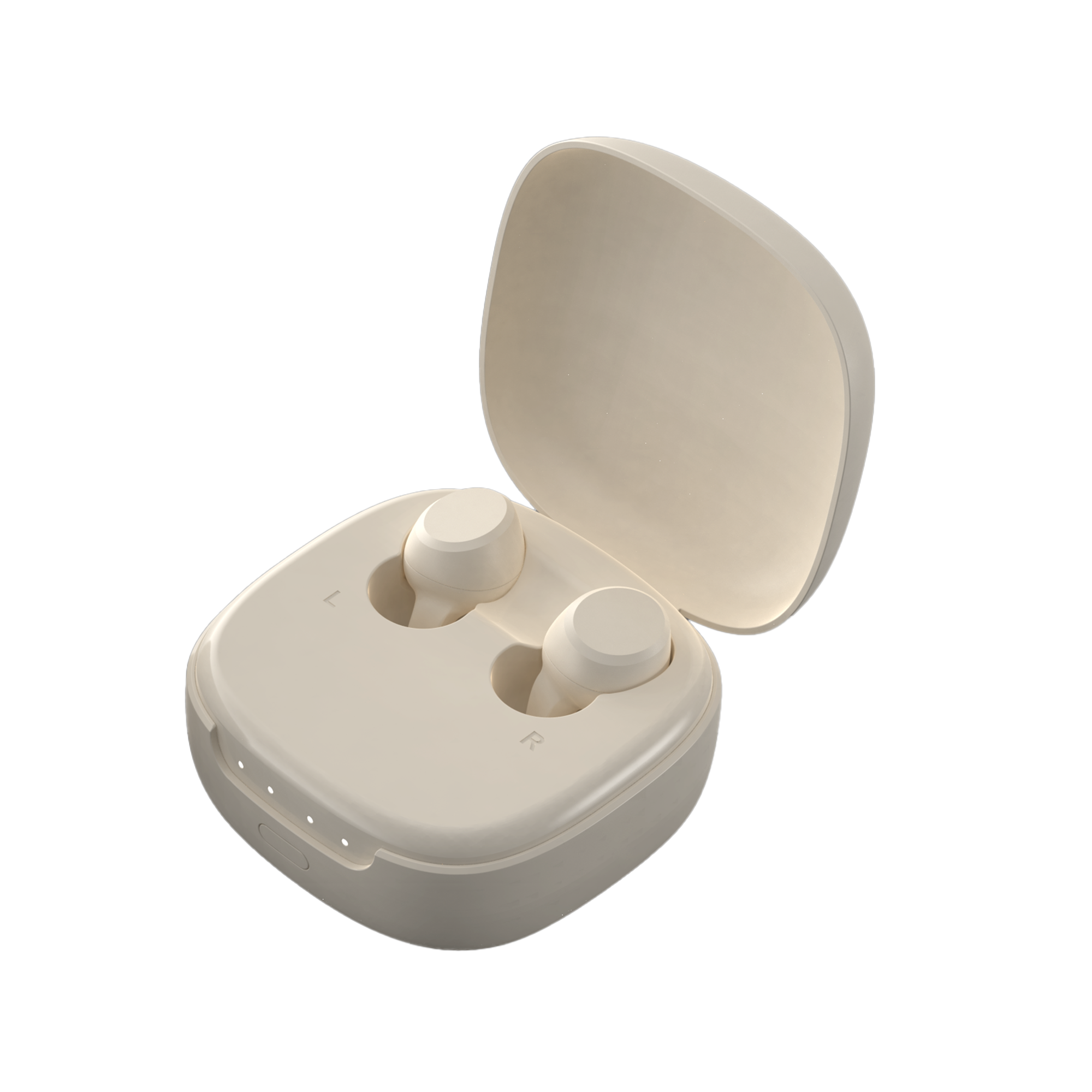Lowering Hearing Aid Costs by Buying Direct
In the past, the only way to buy hearing aids was through an audiologist or hearing center. Your choice of hearing aids was limited to partner brands such as Starkey, Phonak, Oticon, and ReSound. These are among the most expensive brands on the market.
Including the store markup, audiologist services, fittings, and other costs, a pair of traditional hearing aids can cost $6,000 to $8,000 or more.
Buying direct is substantially less expensive and gives you access to brands and models not available at hearing clinics.
What Does It Mean to Buy Hearing Aids Direct?
The FDA Reauthorization Act of 2017 removed the requirement for a medical evaluation to buying hearing aids. It also created a new category of devices known as over-the-counter or OTC hearing aids.
The law opened the door for big-box stores such as Costco to enter the OTC hearing aid market. Instead of visiting a hearing aid center and paying for an exam and fitting, people could go to one of these stores, get a free hearing test, and choose from a larger selection of hearing aids.
Most big-box stores sell several different hearing aid brands. Costco, one of the largest OTC hearing aid providers, sells ReSound and Phonak models as well as its own proprietary Kirkland Signature brand.
Big-box stores have deeply discounted hearing aid prices because the store can negotiate lower costs with manufacturers due to the high volume of devices they purchase.
Costs are further reduced because fittings are done by hearing instrument specialists instead of audiologists. Research shows that hearing aids fitted by an audiologist cost about $500 more than those fitted by a hearing instrument specialist.
The buy-direct model cuts hearing aid costs by 50% or more in many cases.
Buying Hearing Aids Online
Buying hearing aids online is a relatively new development, but the concept behind it isn’t. Many major brands bypass the middleman and sell directly to consumers online. Some, such as Dollar Shave Club, use this method almost exclusively.
Hearing aid manufacturers sell online to make it easier and less expensive for people to buy high-quality hearing aids. By selling directly to consumers, the manufacturers save money on expensive storefronts and pass those savings on to their customers.
Online hearing aid brands can do everything big-box stores can do. You can take a free online hearing test similar to the one you take at a hearing center. This could be especially valuable for people interested in reducing in-person appointments to limit their risk of COVID-19.
Hearing aid costs are much lower when you buy online from the manufacturer. Mimitakara, for example, offers a value-priced model for $130 a pair. Mimitakara also sells a Bluetooth-enabled device with several popular features for $500 a pair.
Mimitakara offers more technologically advanced models for less than $1,000 a pair. These hearing aids have a level of technology comparable to top-of-the-line models sold at hearing centers at more than twice the cost.
FAQs for Purchasing Hearing Aids Online
While it’s common to purchase prescription eyewear and other health devices online, buying hearing aids online is relatively new. It’s normal to have questions about quality, safety, and the buying experience.
Is it safe to buy hearing aids online?
Hearing aids sold online meet the same FDA regulations as brands sold by audiologists and hearing centers. You work with a hearing specialist during the testing and purchase process and devices are dispensed by licensed medical professionals. You get a similar or greater level of guidance and support as you would if you bought in person at a hearing center.
Online hearing aids are usually pre-set to improve the most common hearing loss issues. Although the settings are not customized to each user, they are based on data and research conducted by audiologists.
Most hearing aids allow for some level of customization by the user. Some have a smartphone app for even more fine-tuning. The apps use the same type of software audiologists use to fit hearing aids. Online hearing aid manufacturers typically offer personal phone and video support to help users get the best results.
What if you need repairs or replacement?
Hearing aids sold online usually have a warranty comparable to those bought in hearing centers. Because of the high level of technology in these devices, many problems can be fixed remotely so you don’t have to mail the hearing aids to the manufacturer for adjustment or repair. Most manufacturers will replace a damaged hearing aid during the warranty period.
Tips for Lowering Hearing Aid Costs
In most cases, buying hearing aids directly from the manufacturer online is the most cost-effective option. Value-priced devices start at about $500 a pair while the most advanced devices start at around $1,000 a pair. That’s a savings of more than 50% overhearing center prices.
Here are other tips to help you save money on your hearing aids:
Buy the level of technology you need. The cutting-edge features in high-end hearing aids are appealing, but you probably don’t need many of them. For example, if you have a Fitbit, iWatch, or health tracking app on your smartphone, you don’t need to buy hearing aids with health monitoring capabilities.
Use your health savings account (HSA) to pay for hearing aids. Hearing aids are qualifying expenses under HSA rules. That means you can withdraw tax-advantaged funds from your HSA without penalty to buy them. Paying cash upfront with HSA dollars avoids the interest costs associated with financing.
Buy your hearing aids online and have them fitted by an audiologist or hearing instrument specialist. If you’re concerned about custom fitting, you can buy your hearing aids online and get them professionally adjusted after you get them. You’ll still save hundreds or thousands of dollars on the devices themselves and only pay for the audiologist or hearing instrument specialist services you actually need.
Look for rechargeable batteries and devices. A typical pair of hearing aids will go through about 300 disposable batteries over the course of three years. You can save hundreds of dollars with rechargeable devices. Most rechargeable hearing aids run all day on a single charge, so you won’t lose functionality when you need it.
The Bottom Line on Hearing Aid Costs
In the past, the high cost of hearing aids was the biggest barrier to correcting milkd to moderate hearing loss. Over-the-counter hearing aids are a big step toward removing that barrier. Many people can’t afford to pay $5,000 or more upfront for a pair of hearing aids at a hearing clinic. Buying online drops the price of hearing aids to $500 or less for the most economical models.
Ref: www.health.com










